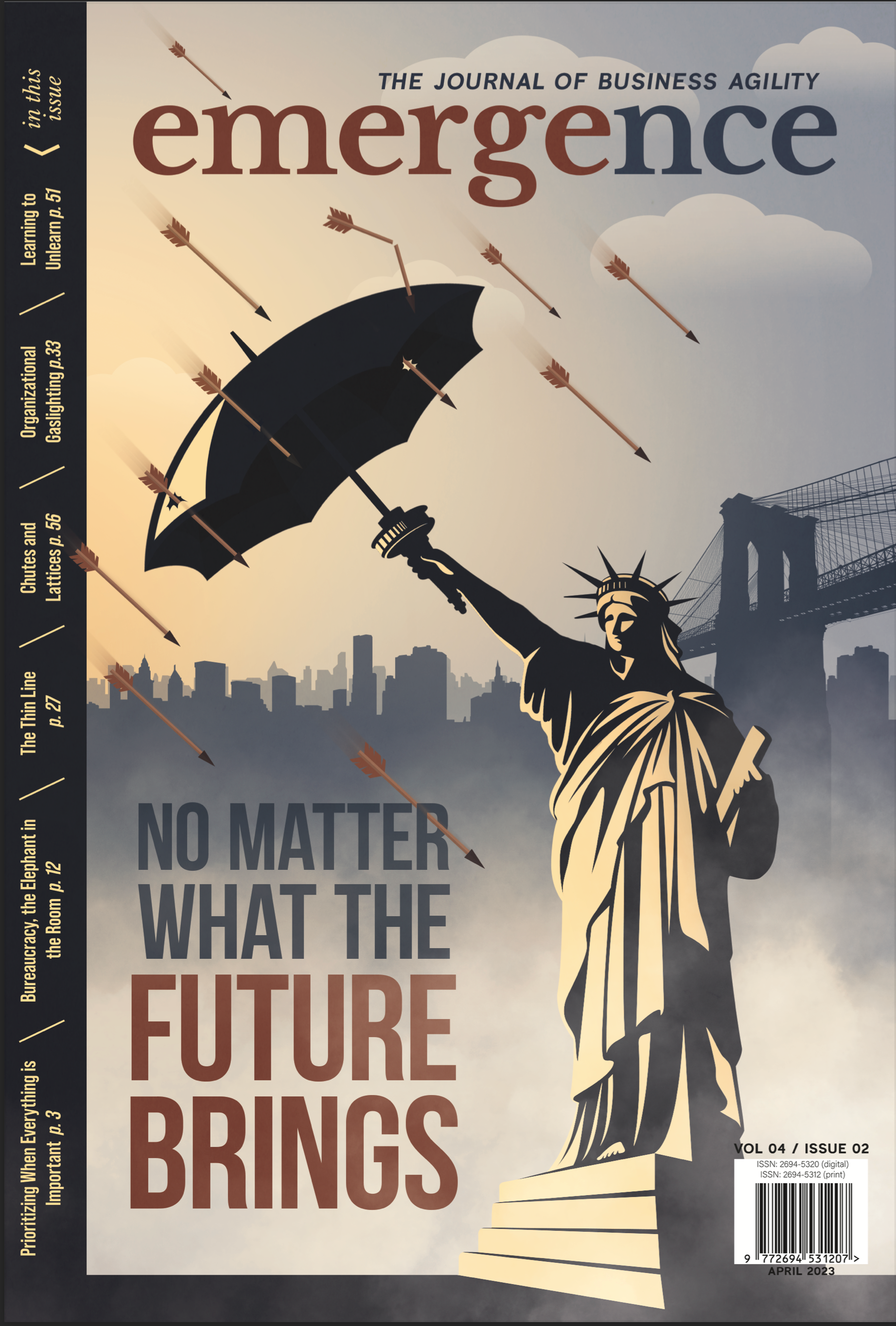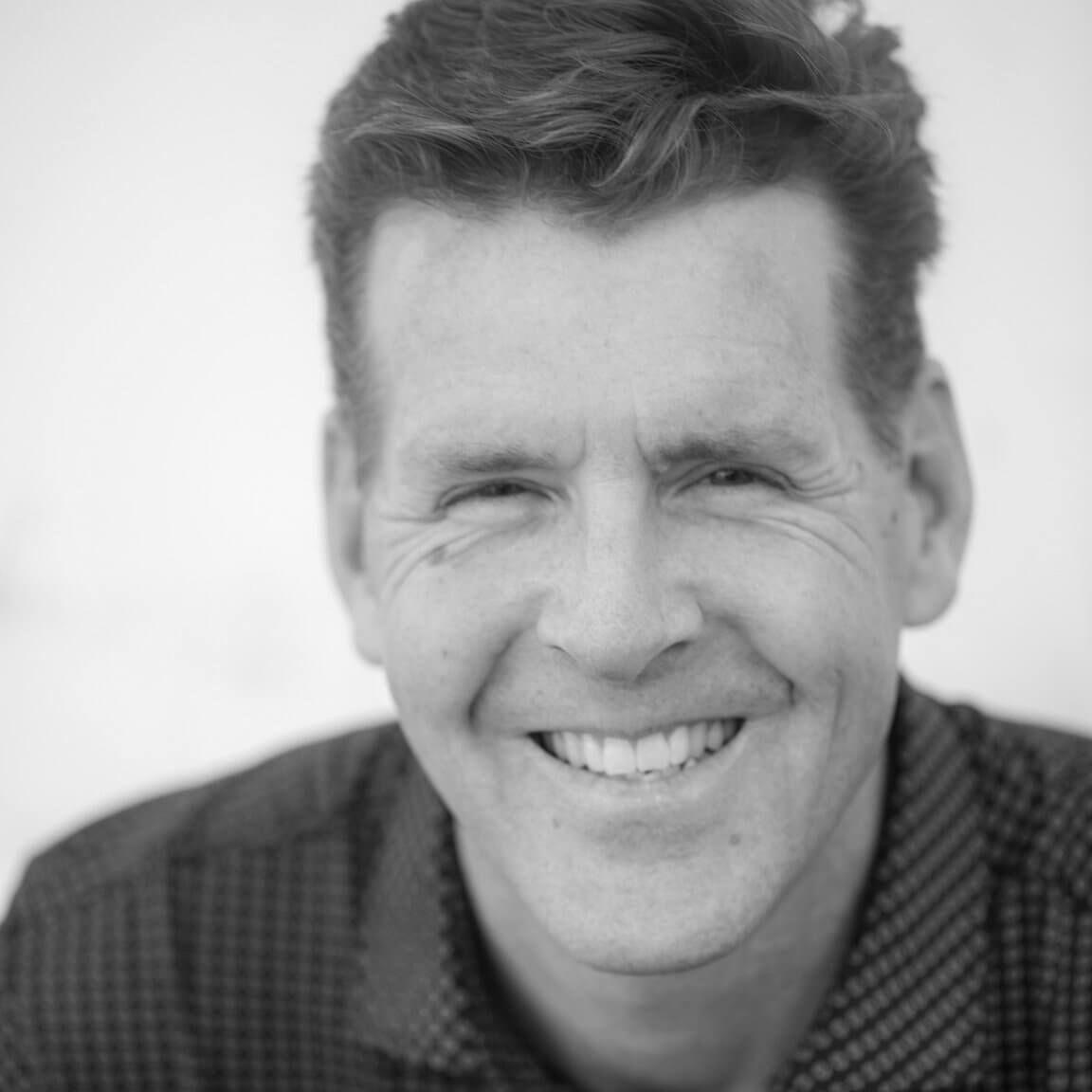Act as One
You’ve likely watched crew rowing teams in the Olympics or around the water near your local university. When done well, the beauty of synchronized motion is mesmerizing and powerful. What you might not know is what it takes to achieve that beauty.
Synchronization requires each member to seamlessly work together to balance the boat. Their hands must be at the exact same height. Every oar has to drop into the water at the exact same time. They must pull with equal pressure. All the blades need to come out of the water and release in unison. Any deviation disrupts the boat’s balance and performance. Even the slightest differences in pressure, height and timing will impact the other rowers and the boat speed.
Over the Thanksgiving holiday of 2006, I received a call that would impact my future leadership and coaching career in ways which, at the time, I couldn’t possibly foresee. The Salesforce.com R&D leadership team had just gone all-in on an agile transformation with over 300 people and were seeking help. Because it was everything but a synchronized beauty!
For almost seven years, their organization had grown rapidly from a few dozen employees to a few hundred. As a result, they were unable to synchronize a customer release for an entire year! It was akin to a class of freshman recruits, all the best of their class, joining together for the first time, each striving to prove they were the strongest, fittest and most competent of this class. But without the synchronization of a crew team, their individual strengths were working against their collective goals. Their top technical experts were each performing heroically to no avail.
All groups of people organized for a common purpose find themselves on a polarity from individual strength to team-based performance. Whether in sports, politics or business—if strength is king, alignment is the ace! Individual strength is necessary but not sufficient to get results. In sports, it is akin to Lionel Messi struggling to win a World Cup through his heroic career before developing a competent supporting cast. The cast at Salesforce needed to stop splashing their oars and synchronize their efforts.
What Does it Mean to Act as One?
For the Salesforce R&D leadership team, even thinking about acting as one evoked concern for the risk of building a consensus culture. They feared that, with too many voices, not enough action, and watering down experts to the lowest common denominator, mediocrity would take over. This is the scary side of polarities—swinging the pendulum to the other side might be worse than the current dysfunction. The key in any polarity is to find the positives in each side and to foster unity around a both/and approach.
How did the Salesforce.com R&D leadership team accomplish this? Let’s explore a few key shifts they made on their journey to act as one:
Shared Initiatives
Prior to their shift to act as one, functional managers were responsible for assigning work to their staff. So while this drives local autonomy and ownership, it exposes varying priorities where no priorities received enough shared attention to make progress on the combined product. Each area of the organization was pulling in different directions, essentially working against one another.
A key shift to act as one was to eliminate the ability for managers to assign work to employees. This was a huge step in shifting responsibility of focus and priorities to teams led by product management leaders. It further enabled senior product directors to coordinate a team-of-teams toward broad shared initiatives, combining multiple teams in service of a collective goal.
In one instance, over an entire calendar year, the Salesforce.com R&D leadership team was able to coordinate 27 teams both fully and partially focused on delivering a single massive new product capability called Chatter, a social media capability within their platform. This is only possible when an organization can act as one.
Shared Rhythms
Sharing goals is one thing. Sharing progress and coordinating execution within the goal is another altogether. Salesforce.com R&D had shared project milestones but no meaningful feedback loops to synchronize. It’s akin to having a goal to get across the finish line, but no rowing execution to get there—just everyone on their own. The concern for their leadership team was an overburdensome drumbeat of time-wasting meetings, coordination activities and a control-heavy process.
The key is finding a heartbeat—the space between a drumbeat and no beat. A heartbeat aligns without micromanaging. For the Salesforce.com R&D leadership team this was executed as a monthly synchronization cadence—a massive effort that pulled together dozens of teams for two half-days based on their product area. Each team walked on stage and presented their wins, struggles, and demonstrated accomplishments in front of dozens of key stakeholders and leaders.
These shared sessions allowed leaders critical pivot points to invest more (or less) based on progress, see dependencies and overlaps, expose impediments and shared challenges, and measure progress on their shared goals. It enabled them to shine light on successes and snuff out the issues before they became critical failures. And while teams were praised for their collaborative performance or criticized for their lack of it, they were not “forced” into any particular process. It was focused on outcomes over compliance.
Shared Initiatives
Virtually all organizations state their values publicly and Salesforce.com was no different. However, a list of values is no different than a list of platitudes that sound good and yet become meaningless in their obfuscation. Acting as one is more than simply identifying, writing and communicating shared values. It means maniacally focusing on a few key values that align everyone in an inspiring and meaningful way.
Two core values surfaced: their competitive spirit and autonomy. Yet, how were these going to align with “act as one”? For Salesforce R&D, it came quite naturally after exploring the competitive/ collaborative polarity—they needed to act as one team, to replace individual autonomy with team autonomy. Individuals don’t win and lose, the team does. From that point forward, all work and progress was associated with teams.
A list of values is no different than a list of platitudes that sound good and yet become meaningless in their obfuscation. Acting as one is more than simply identifying, writing, and communicating shared values. It means maniacally focusing on a few key values that align everyone in an inspiring and meaningful way.
However, shifting to act as one also surfaced another dysfunction: top-down leadership. Not only did the technical experts fear top-down leadership, the leaders themselves despised it. How could they act as one without it? That became a key struggle that would never go away, yet they found a way to expose it and deal with it. Call it out!
The phrase “Tops Down” became a signal flare of dysfunction. Anyone in the organization could call it. Like the early days of Lean manufacturing where the andon cord allowed any line worker to stop the assembly line when they discovered a problem, anyone in the Salesforce.com R&D organization could call “tops down” to signal a challenge to their values. It didn’t mean it wasn’t allowed! Rather, it signaled a conversation was required.
Since 2006, Salesforce.com has grown as one of the highest performing and fastest growing organizations on the planet. They have doubled their market share against some of the largest companies in the world (e.g. Oracle, SAP, etc.) from about 12% to almost 24% as of this writing. Yet, through their growth and acquisitions to help fuel it, they have remained as one, rooted in their core values. How?
This leads us to our final point on why Salesforce.com continues to beat everyone else: they never stop improving. It’s a game of marginal gains. Like with any good sports team, each year provides an opportunity to evaluate their performance, celebrate their growth and double-down on improvements. Just like with financial investments where major gains multiply with year-over-year reinvestments, Salesforce.com continues to reinvest in itselfand its approach to find ways to be better than last year and better than everyone else.
In the early days of their transformation, this meant that they desired to be the best at their agile transformation. In fact, they wrote articles and spoke at conferences telling the world how their way was better. Today, they focus less on any particular prescription, and more on how their values continue to drive them to be better, especially following dozens of acquisitions and multi-fold growth.
Today, Salesforce.com operates as a fleet of high-performing crew teams, each rowing with strength and synchronization, and a crew of crews synchronizing their collective efforts to win markets and grow market share. And despite this, if you were to ask them about it, I know they’d say they have lots of room to improve.
This content was originally published in the April, 2023 Edition of Emergence, The Journal of Business Agility. It has been republished here with the permission of the publication.
What is Emergence?
Emergence is the Journal of Business Agility from the Business Agility Institute. Four times a year, they produce a curated selection of exclusive stories by great thinkers and practitioners from around the globe. These stories, research reports, and articles were selected to broaden your horizons and spark your creativity.








